She was built by Taizhou Sanfu Engineering Limited in 2013 as Yard Number sf110101 and is 189.99m long with a 32.19m beam and 12.81m draft.
GT = 32,967 & DWT = 56,601.
Hold capacity is 71,634m3.
She has a MAN B&W 6S50MC-C8 marine diesel engine (12,889bhp/ 9,480kW) giving a service speed of 14.2 knots.
MMSI – 538004711
REG - MH, Majuro
IMO - 9635614
Call Sign - V7YQ7
Genaral Cargo Ship
Built – Taizhou Sanfu Ship Engineering, Taizhou, CN
Yard No. – sf110101
L 189.99m W 32.29m
GT 32967
Year - 2013
Liverpool
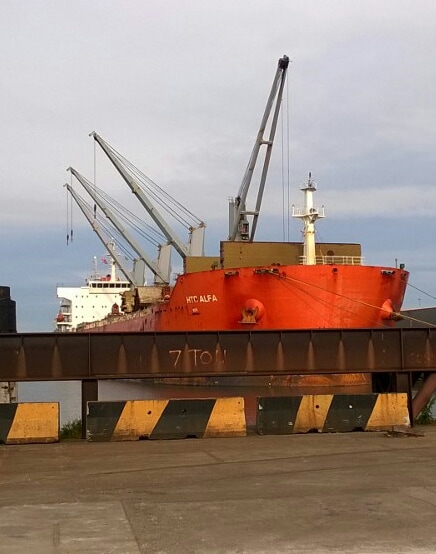
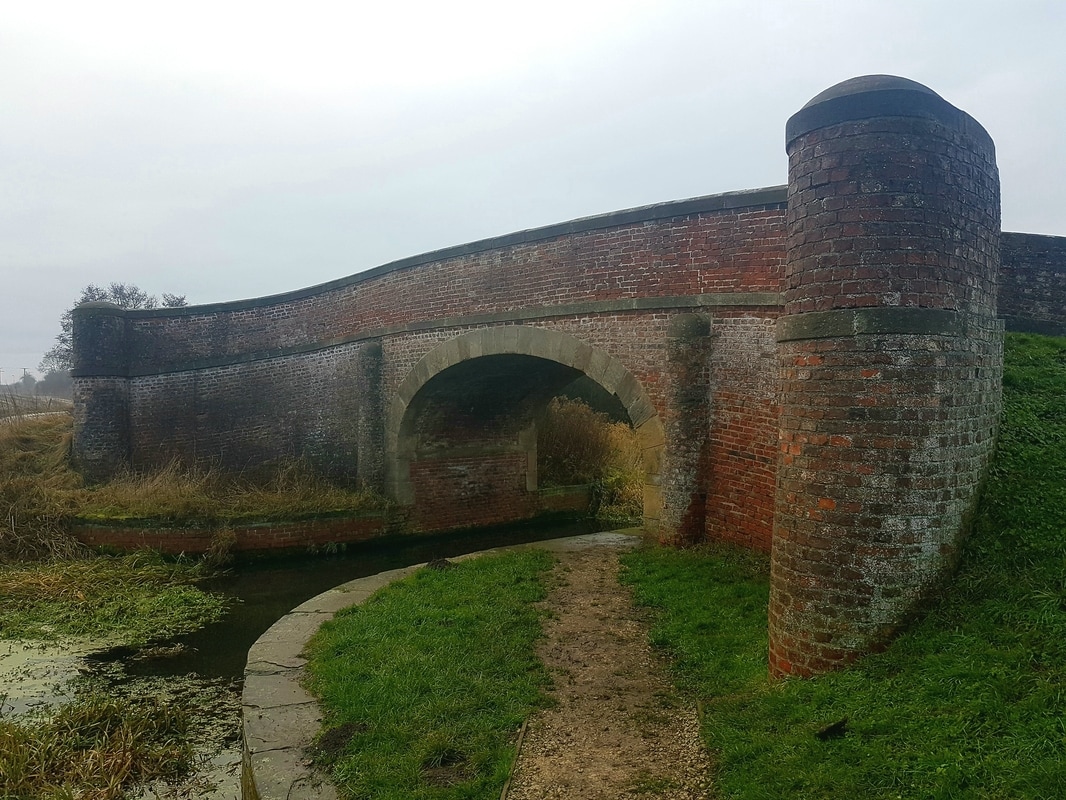
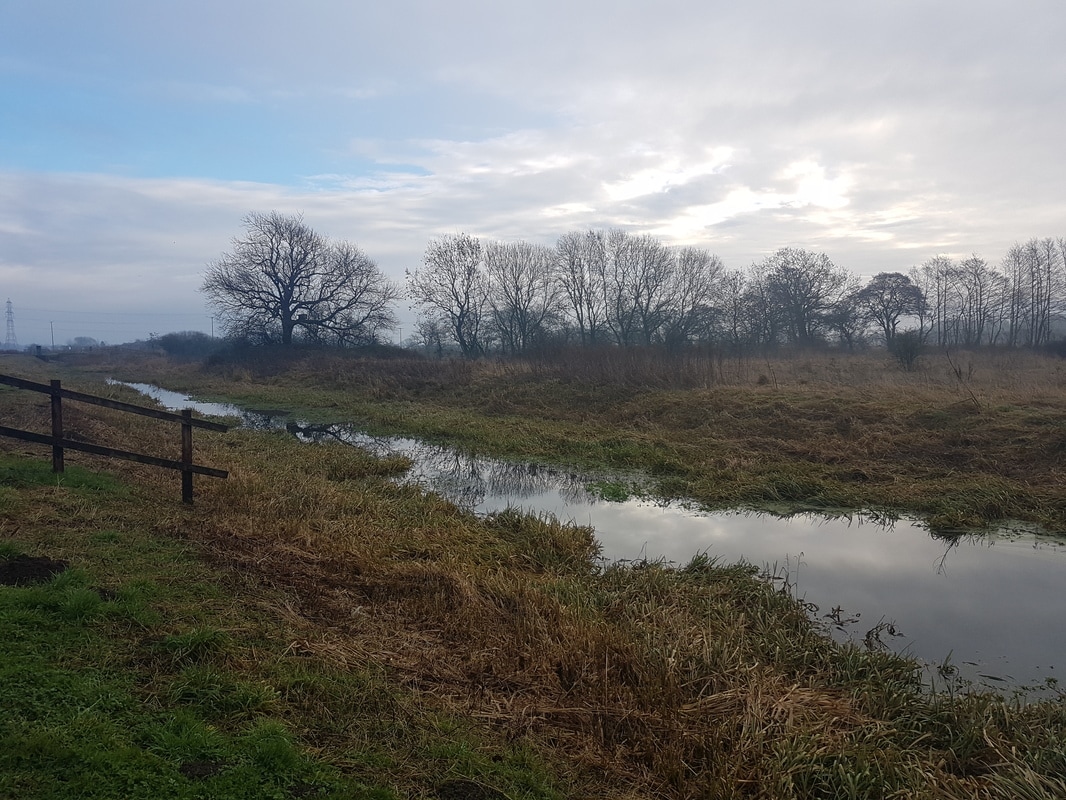
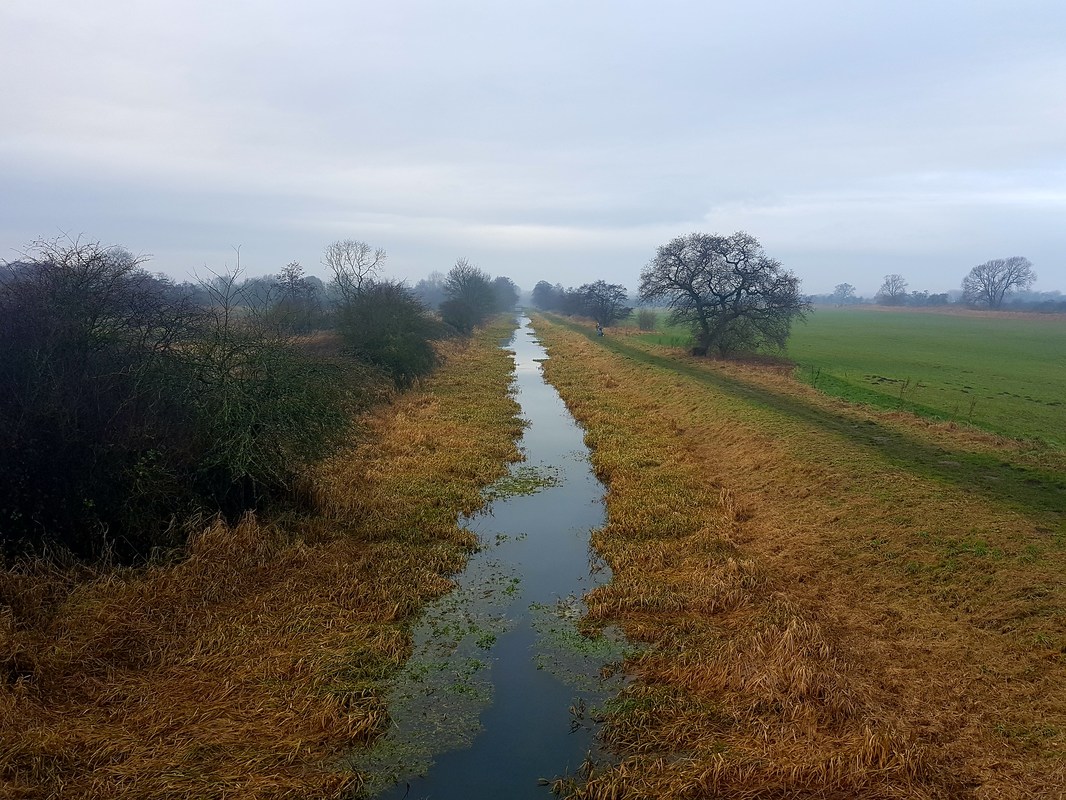
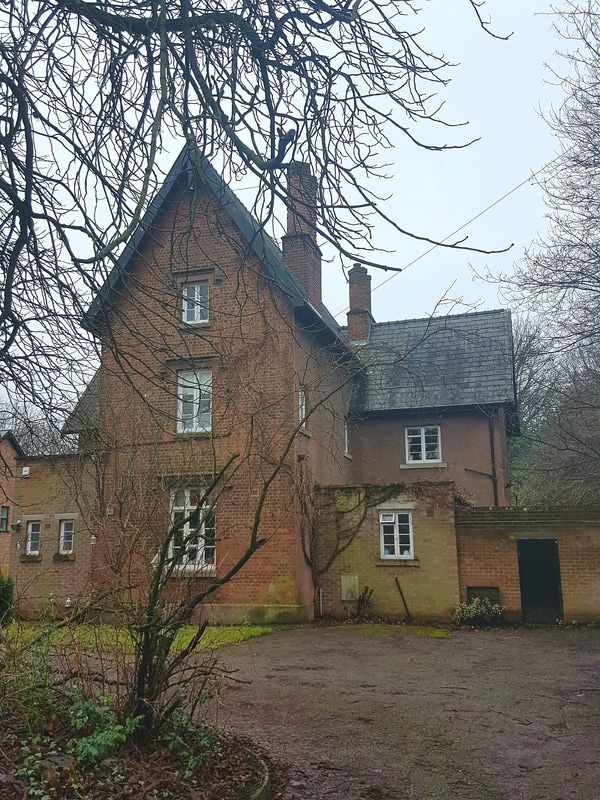
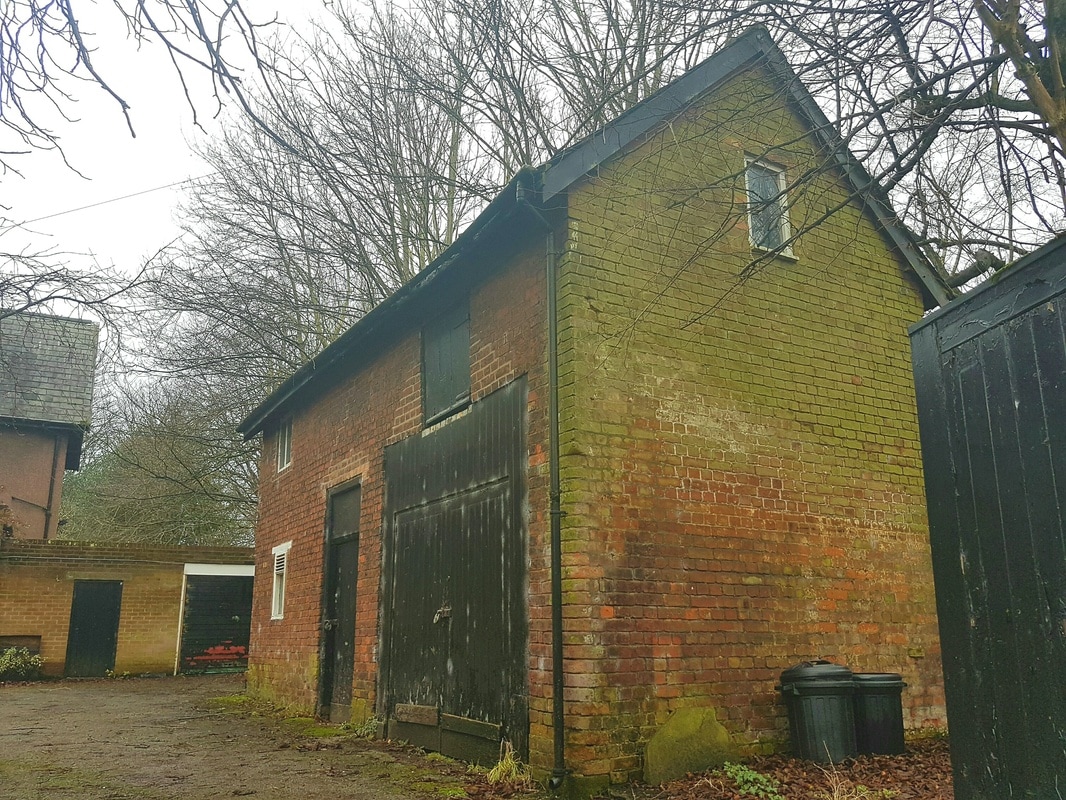
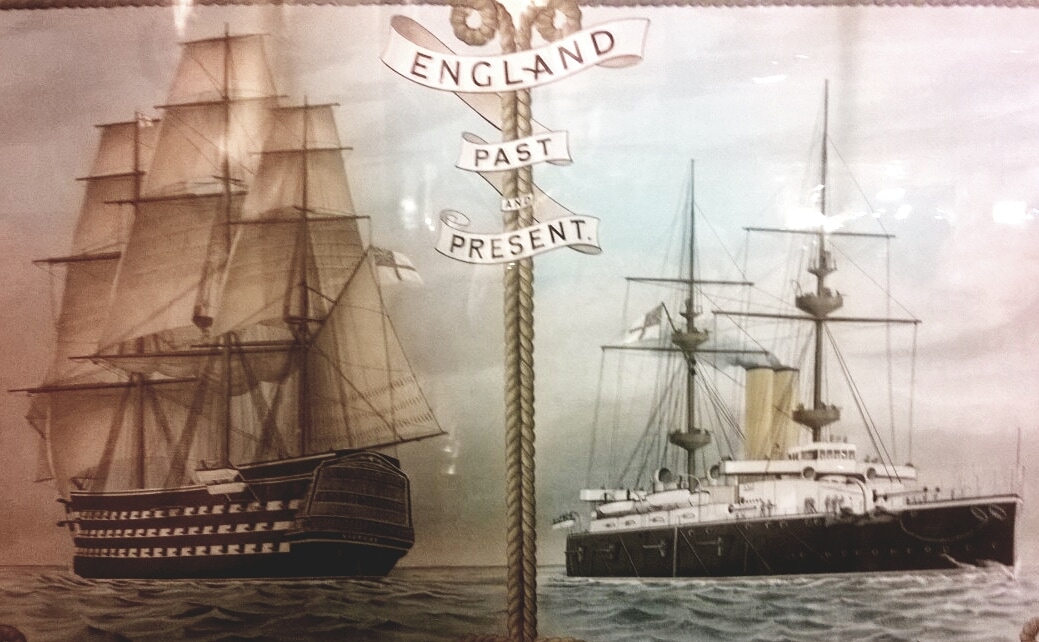
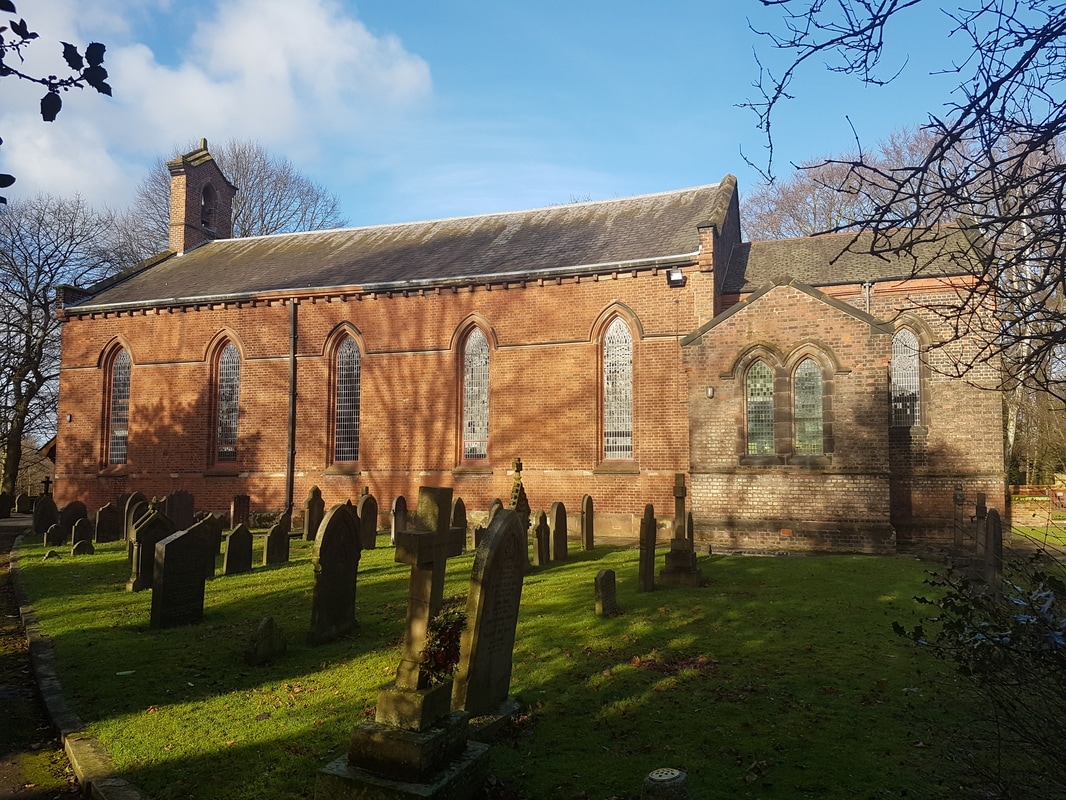
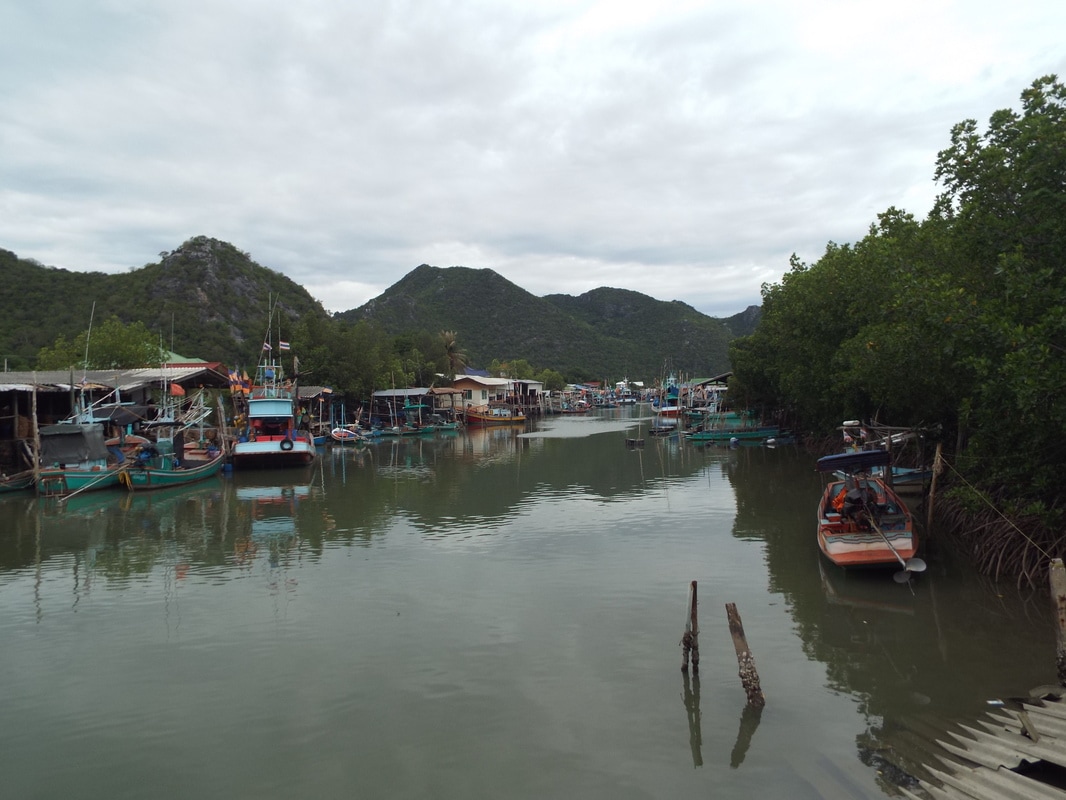
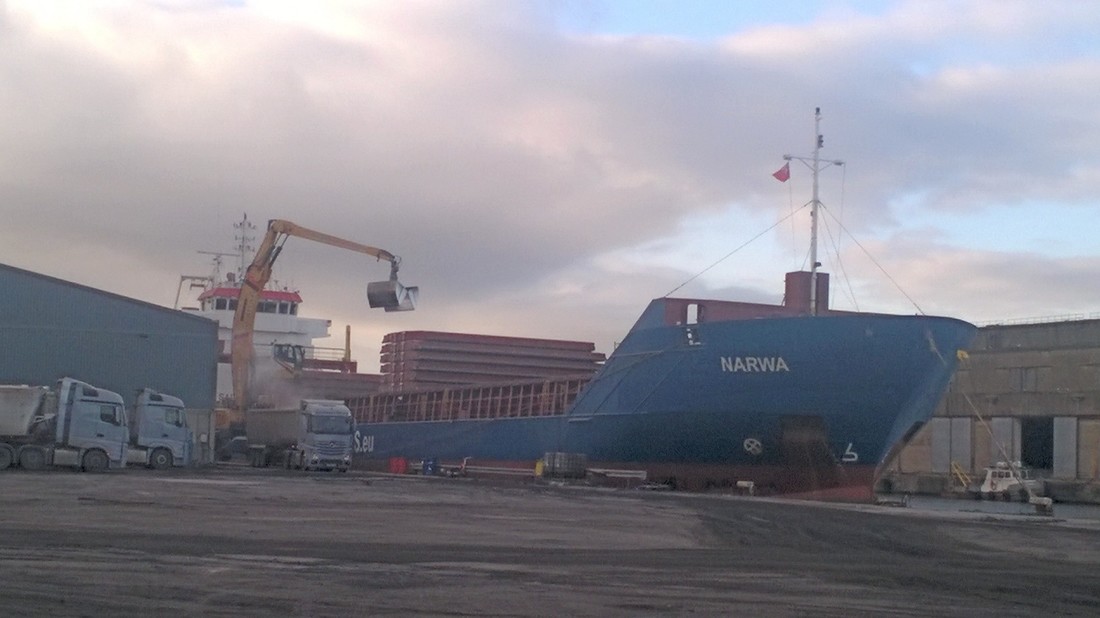
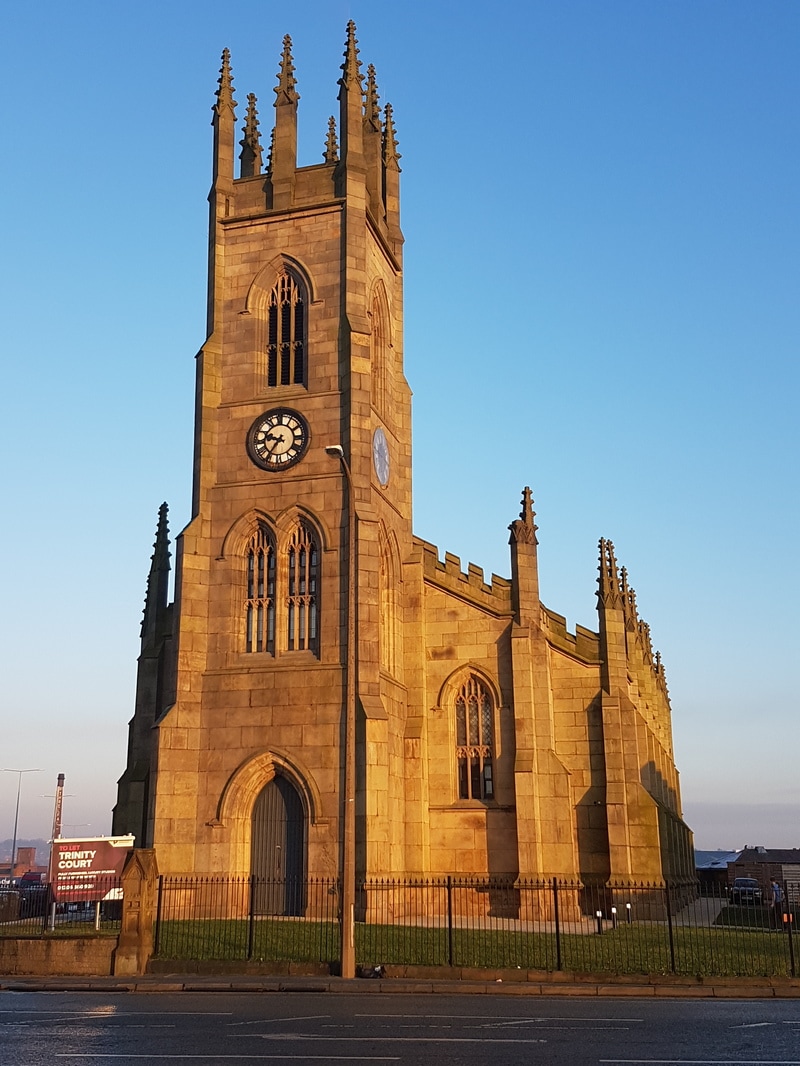
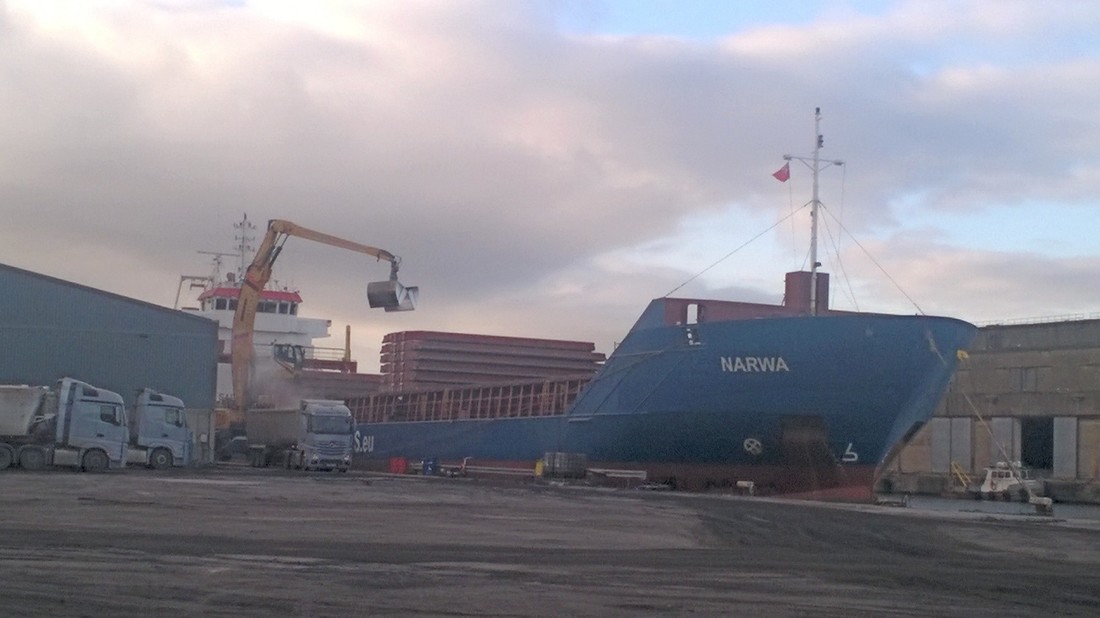
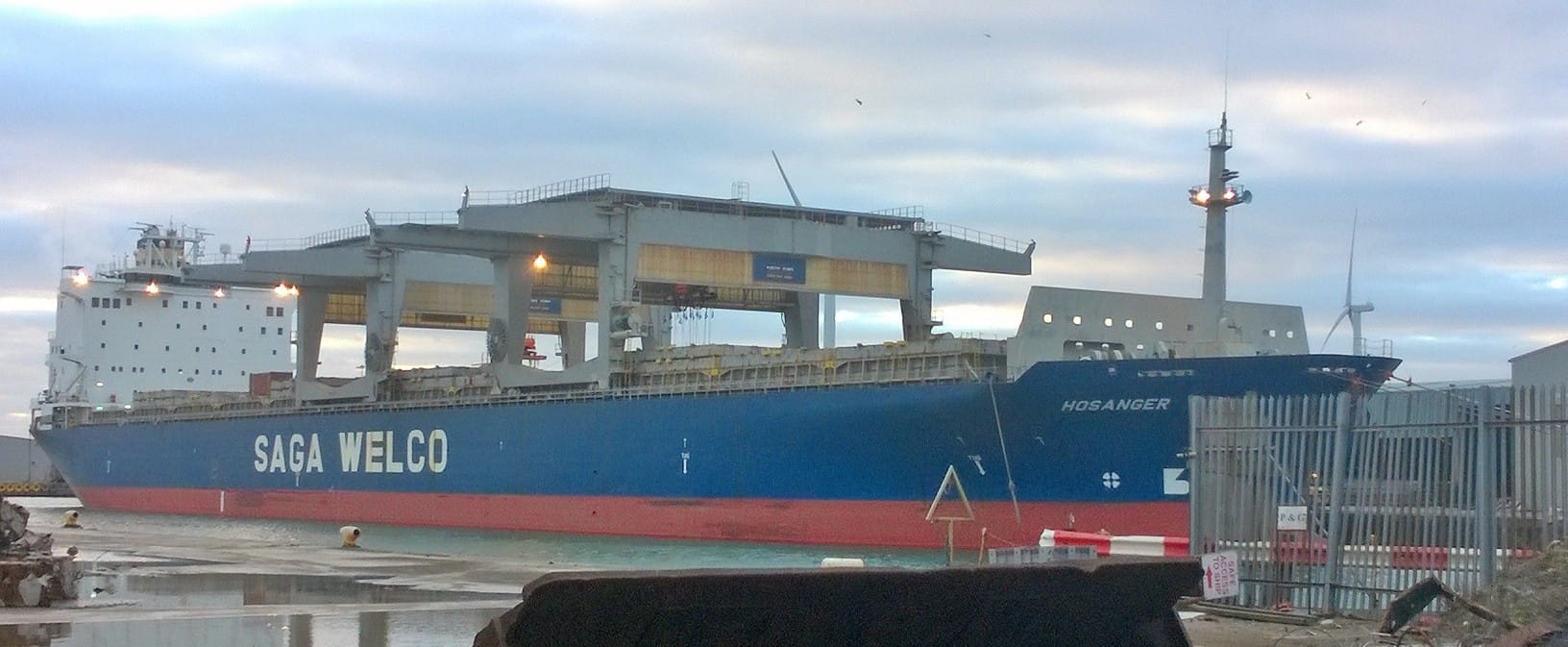
 RSS Feed
RSS Feed
